Malibu’s punk story begins with its surf-soaked roots. In the 1960s, Malibu was the epicenter of Southern California surf culture. A place painted by longboards, beach bonfires, and rebellious surfers carving out their own subculture and keeping Malibu local. Early surf music and garage rock laid the groundwork for Malibu’s future punk vibe. The Beach Boys and others romanticized the area’s waves and lifestyle, even as local surfers at Malibu’s Surfrider Beach cultivated a fiercely independent, “locals only” attitude. By the late ’60s and early ’70s, Malibu had an established music presence: the local roadhouse (later known as The Malibu Inn) hosted rock royalty from The Doors to the Beach Boys. Musician Neil Young even owned the venue for a time in the ’70s (renaming it the Crazy Horse Saloon). This mix of surf culture and rock cred set the stage for something new. As the punk rock revolution brewed in the mid-1970s, Malibu’s beach community was primed to put its own twist on the emerging genre. Youth who grew up on sunny surf tunes were about to embrace a louder, edgier sound, without abandoning the “endless summer” goofy attitude that made Malibu unique.
The Birth of “Surf Punk” in Malibu (Late 1970s)
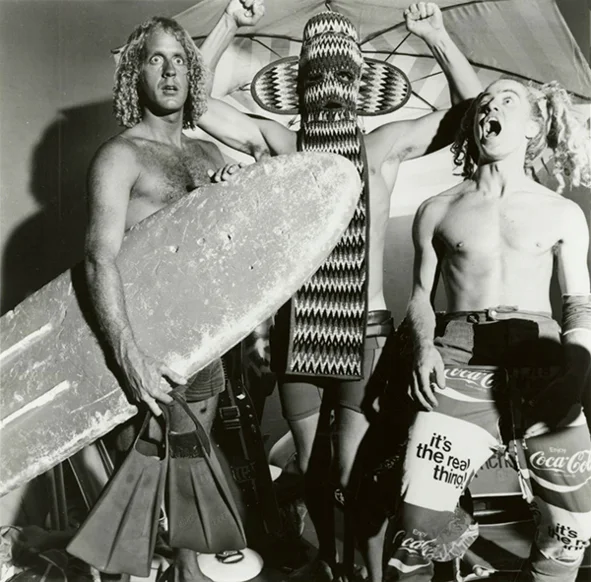
The late 1970s saw punk rock explode in Los Angeles, and Malibu contributed one of the era’s most original hybrids: The Surf Punks. Formed in 1976 by Malibu locals Dennis Dragon and Drew Steele, the Surf Punks set out to blend the unpolished grit of punk with the beach lifestyle of their hometown. Dragon was an experienced drummer (he’d even played with the Beach Boys), and together with Steele and fellow Malibu surfers, they built a band literally in a garage across from Zuma Beach. From the start, their music was a playfully ironic rebellion against both the polished surf music of the ’60s and the angry urban punk of the ’70s. Early Surf Punks songs like “My Beach” (1977) and “My Wave” poked fun at beach life with irreverent humor, striking a chord with local teens.
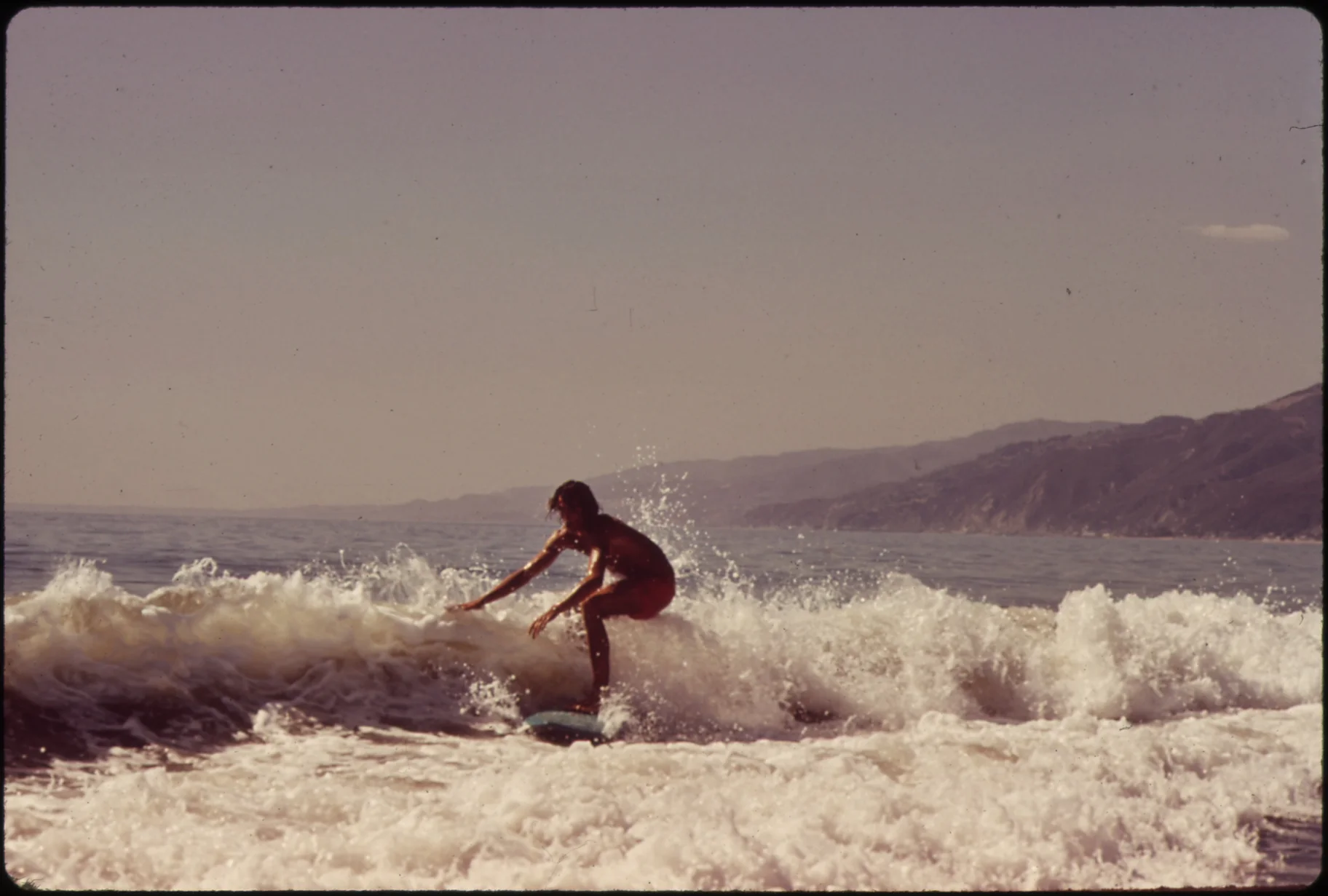
The Surf Punks cultivated a DIY scene right on the sand. They played rowdy parties and beach bonfires for friends and fellow surfers in Malibu. Their following was the Malibu surf community “locals” who identified with the band’s comical anthems about turf wars over waves and “Valley” interlopers. Record producer (and Malibu resident) Denny Cordell saw potential in this odd mashup and helped release the band’s first single in 1977. By 1979, the Surf Punks self-released their debut album, My Beach, on their own Day-Glo Records, complete with songs celebrating bikinis, beer, and beach braggadocio.
Malibu’s Punk Heyday: Locals Only (Early 1980s)
By 1980, the Surf Punks had unexpectedly risen to prominence in the Southern California music scene. Los Angeles’s fledgling alternative radio station KROQ picked up their goofy beach anthems, giving My Beach heavy airplay. This led Epic Records to sign the band and re-release My Beach nationally in 1980. The album reportedly sold over 25,000 copies around L.A. alone. The Surf Punks’ live debut was a spectacle: they sold out Santa Monica Civic Auditorium, transforming the stage into a beachfront complete with a lifeguard tower prop. Onstage, the band channeled Malibu’s wild surf spirit, shows were “conducted with reckless wild abandon”, and one member even sat perched on the lifeguard tower during the set (1). Audiences loved the madness. The Surf Punks had effectively become the Beach Boys of the punk world, offering Southern California beach humor and catchy pop-punk hooks rather than hardcore rage. Their lyrics lampooned everyday coastal drama: locals vs. tourists, missing surfboards, even the eternal quest for a perfect tan. Songs like “Locals Only” and “Somebody Ripped My Stick!” captured the localist angst of Malibu surfers.
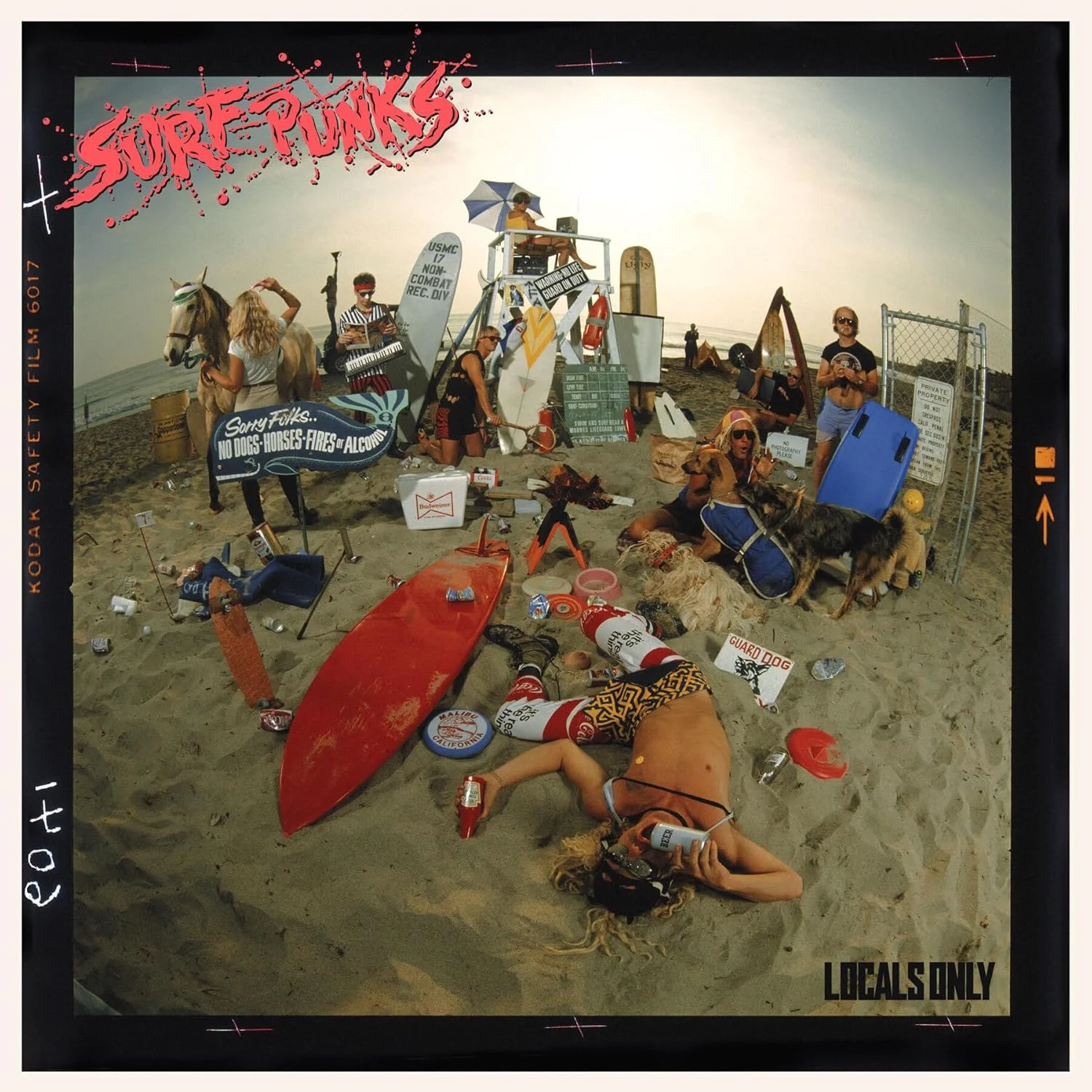
Check out their music here!: https://www.youtube.com/watch?v=H9JtAgP8u4c
Critically, Surf Punks were never “punk” in a political or nihilistic sense, they weren’t railing against government or society’s ills. Instead, their rebellion was hyper-local. In their world, a crisis wasn’t anarchy in the U.K., it was “too many guys out” crowding the lineup (2). This satirical focus on beach life made them hugely relatable to SoCal youth. The Surf Punks’ aggressive yet funny sound mirrored the localist vibe on Southern California beaches in the 80s. Indeed, the early 1980s saw surf and punk culture intertwine across the region. Surfers blasted punk rock from beach parking lots, and punk kids took up surfing or skateboarding, all drawn by the same youthful rebellion and adrenaline. Surf culture had become aggressive and bold, while the punk scene was alive and well, it was natural for the two to cross over. Malibu’s contribution was to explicitly merge them.
The golden age of Malibu punk peaked around 1981–1982. The Surf Punks released Locals Only in 1982 (on Epic’s subsidiary label), doubling down on their beach-party punk formula. The album was literally a “raucous love letter to beach life in Malibu,” trading the clean-cut innocence of ’60s surf tunes for attitude-fueled ’80s surf rock. They lampooned everything from lifeguards to valley kids to shark scares in irreverent fashion (3). The cover of Locals Only (photographed on a Malibu beach) showed the band sprawled in the sand with surfboards and beer, a perfect visual of their spoiled brats from Malibu persona. Despite the cartoonish image, Dragon and Steele were genuine hardcore surfers in real life, and their credibility shone through. The Surf Punks even appeared in the 1981 concert film Urgh! A Music War, showcasing their beach-carnival live act to a wider audience (3).

Malibu lore from this era abounds with wild punk-meets-surf moments. In one infamous stunt in 1980, the Surf Punks reportedly performed an impromptu concert from a boat just off Zuma Beach, blasting their songs over the waves to a shocked beach crowd (with KROQ promoting the prank). Local news crews ate it up, cementing the band’s folk-hero status among Malibu youth. And even as hardcore punk was taking hold in the wider L.A. area (Black Flag, Circle Jerks, etc.), Malibu’s scene stayed sunnier, more prankster than punk anarchist. The Surf Punks never took themselves too seriously, and that was the point. “Not taking life too seriously” was practically their motto (3). This lighthearted approach did have a shelf life: after 1982, the Surf Punks’ novelty started to wane. They went on hiatus for a few years, resurfacing in 1988 with one last pair of records (Oh No! Not Them Again! and Party Bomb) before fading out (2). By then, the mainstream surf-skate-punk crossover was well underway. Even 1990s pop-punk bands like The Offspring showed a hint of Surf Punks’ influence in their SoCal sound (2). Malibu’s original punk wave had been a fun ride - brief, outrageous, and utterly authentic to the beach town that spawned it.
After the First Wave: Lulls and Legacy (Late 1980s–1990s)
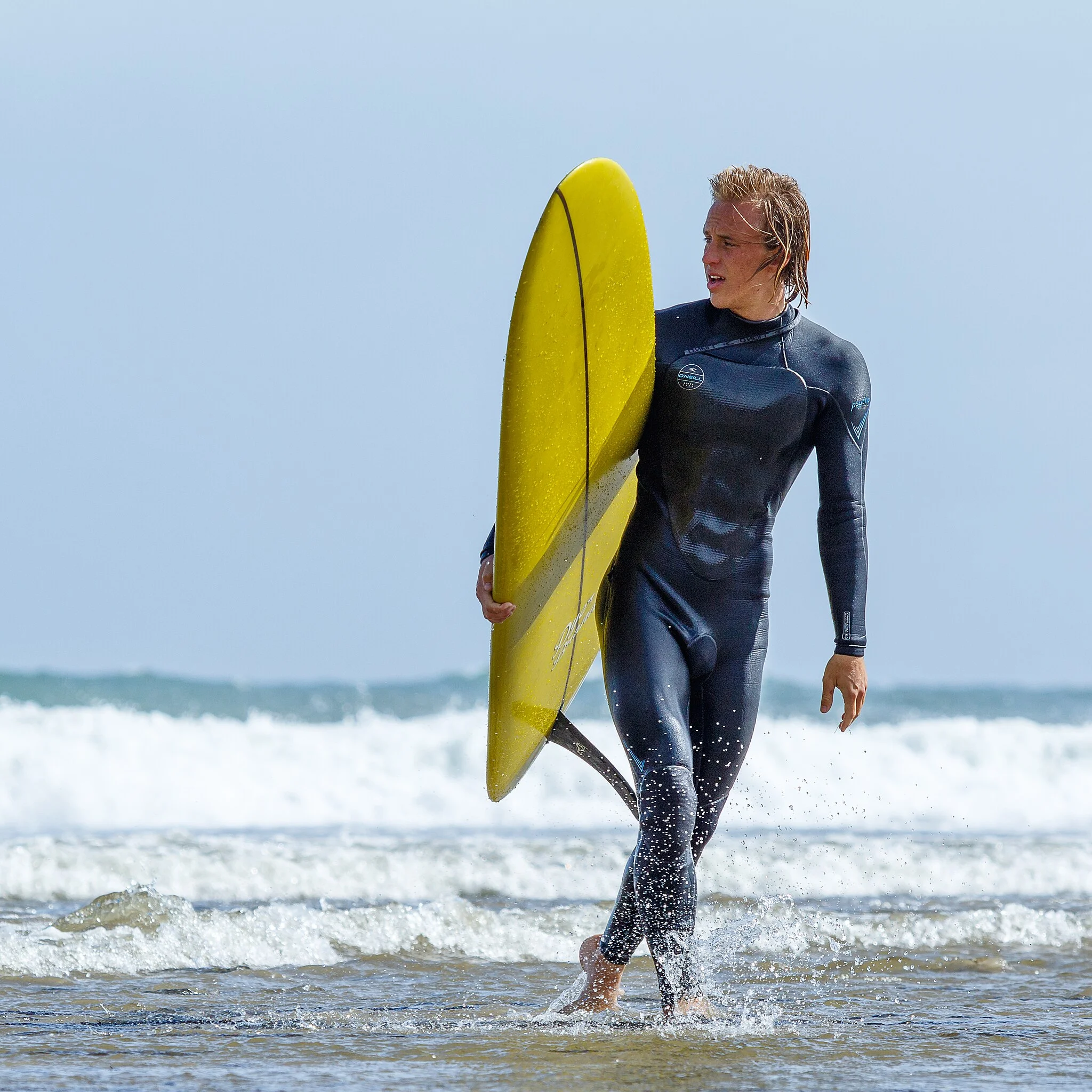
Following the Surf Punks’ heyday, Malibu’s punk scene went relatively quiet in the late ’80s. The wider punk movement evolved (hardcore, skate-punk, and eventually pop-punk), but tiny Malibu, with its secluded beaches and upscale lifestyle, wasn’t a hotbed for new punk bands. Neighboring areas like the South Bay and Orange County took the SoCal punk torch and ran with it. Still, Malibu’s influence lingered. The attitude that Surf Punks celebrated, local pride, anti-conformity, “us vs. them” defiance, became standard in surf and skate circles. In Ventura County just north of Malibu, a gritty surf-punk scene dubbed “Nardcore” (led by bands like Ill Repute and Agression in the ’80s) echoed that same localist energy, suggesting Malibu wasn’t alone in mixing punk with coastal culture.
Importantly, Malibu itself became something of a refuge for rockers (including punk alumni) as they grew older. By the 1990s, the notion of punk rockers living in chic Malibu mansions was the reality. John Lydon (a.k.a. Johnny Rotten of the Sex Pistols) took up residence in Malibu in the ’80s and ’90s. The onetime face of British punk infamy was known to enjoy the calm of beachside life with his wife Nora Forster. In a twist that headlines could not resist, the snarling icon of ’77 punk became a mellow Malibu homeowner, “Johnny Rotten may be better described as Johnny Suburban,” one write-up quipped, noting Lydon was selling his four-bedroom Malibu house on Pacific Coast Highway nearly 40 years after igniting punk rock (4).
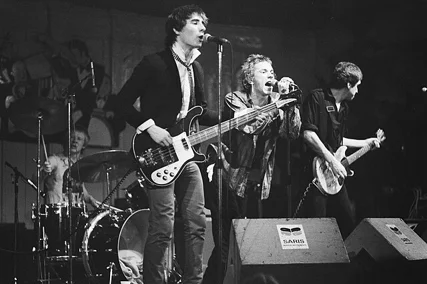
The irony wasn’t lost: Malibu, with its luxury and leisure, had always been the antithesis of gritty punk beginnings, yet here they comfortably coexisted. Likewise, other musicians from alternative and punk-adjacent bands were drawn to Malibu’s scenic retreat. By the late ’90s, the mythos of Malibu had even seeped into alt-rock music. For example, the 1998 song “Malibu” by Hole (while not punk, an alt-rock hit by former punk-scene figure Courtney Love and wife of Kurt Cobain) romanticized the town as a place of escape and healing. Malibu had transcended its own small scene to become a symbol in rock culture at large.
21st Century Revival: Malibu Inn and the New Generation (2000s–2010s)
Punk rock in Malibu got a second wind in the 2000s, thanks in large part to a resurgence of live music at the venerable Malibu Inn. This historic beachside venue, the same spot that hosted rock legends decades earlier, was revamped in the early 2000s and once again began welcoming raucous crowds after dark. The timing was perfect: by the 2000s, punk’s legacy acts were legends, and a new generation of Malibu youth was hungry for live music. The Malibu Inn, an “80-year-old seaside roadhouse,” suddenly became a hotbed of punk, rock, and even hip-hop shows by night (despite Malibu’s image as a sleepy celebrity enclave) (5). Promoter Mitchell Stewart purchased the club around 2002 and installed a proper stage, sound system, and lighting (5). The result was a mini music explosion: veteran punk bands and emerging acts alike started making the trek out to Malibu to play intimate, high-energy gigs.
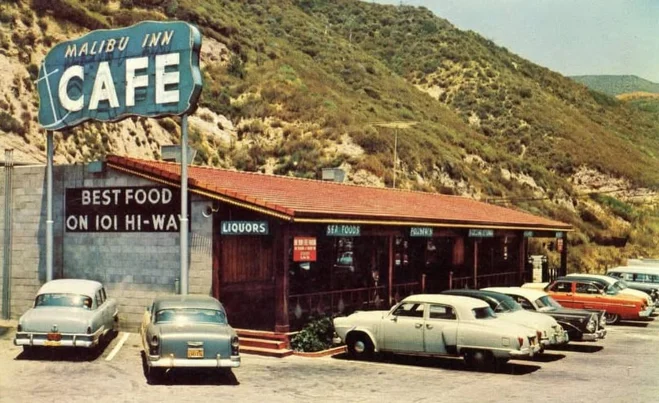
By the mid-2000s, you could catch Southern California punk legends on a tiny stage a stone’s throw from the Pacific Ocean. Old-school hardcore bands T.S.O.L. and D.I. thrashed at the Malibu Inn to crowds of loyal fans (5). British punk stalwarts The Adicts played there in 2004. Even the Fixx had their own gig here in 2005 (6). The UK anarcho-punk pioneers Discharge were booked for a show, a booking almost unimaginable in Malibu years prior (5). The scene was a quirky mix: surf kids with mohawks moshed alongside off-duty firefighters, college students, and the affluent Malibu elite on the dance floor. In the back room, locals would be chilling on couches under surfboards and disco balls while, in the main room, “punk-rock bedlam” unfolded on stage (5). The juxtaposition was pure Malibu. As the Los Angeles Times noted in 2004, “the fact that it’s nestled in a community more known for actresses in Ugg boots than, say, agro-punk, makes it thoroughly unique” (5). Major rock stars who lived nearby took notice too. Members of the Red Hot Chili Peppers (Flea and Anthony Kiedis) became sighted regulars at the Inn’s shows, and even Hollywood moguls like David Geffen would drop by when the vibe was right (5).
Equally important, the 2000s fostered a homegrown Malibu scene of young bands. Malibu High School garage bands suddenly had a venue to aspire to, and a supportive community. Local groups like 2 Cents, Whitestarr, Night Vision, and the cheekily named Face Humper began to make noise in the early 2000s (7). Many of these musicians were Malibu kids, some with famous parents, some without, who bonded over being the only rockers in a small town. The camaraderie was strong: bands would help each other with equipment, surf lessons, or even learning to play their instruments (7). Malibu’s surf-punk connection lived on in these friendships. As one article quipped, the Malibu scene circa 2003 was just like any other local music scene “like in Ohio or Nebraska,” only with more surfers and celebrity cameos (7). Yet, they achieved notable successes. For instance, the band 2 Cents, blending thrash and punk, landed a spot on the 2003 Vans Warped Tour (7), bringing a piece of Malibu to the national punk stage.
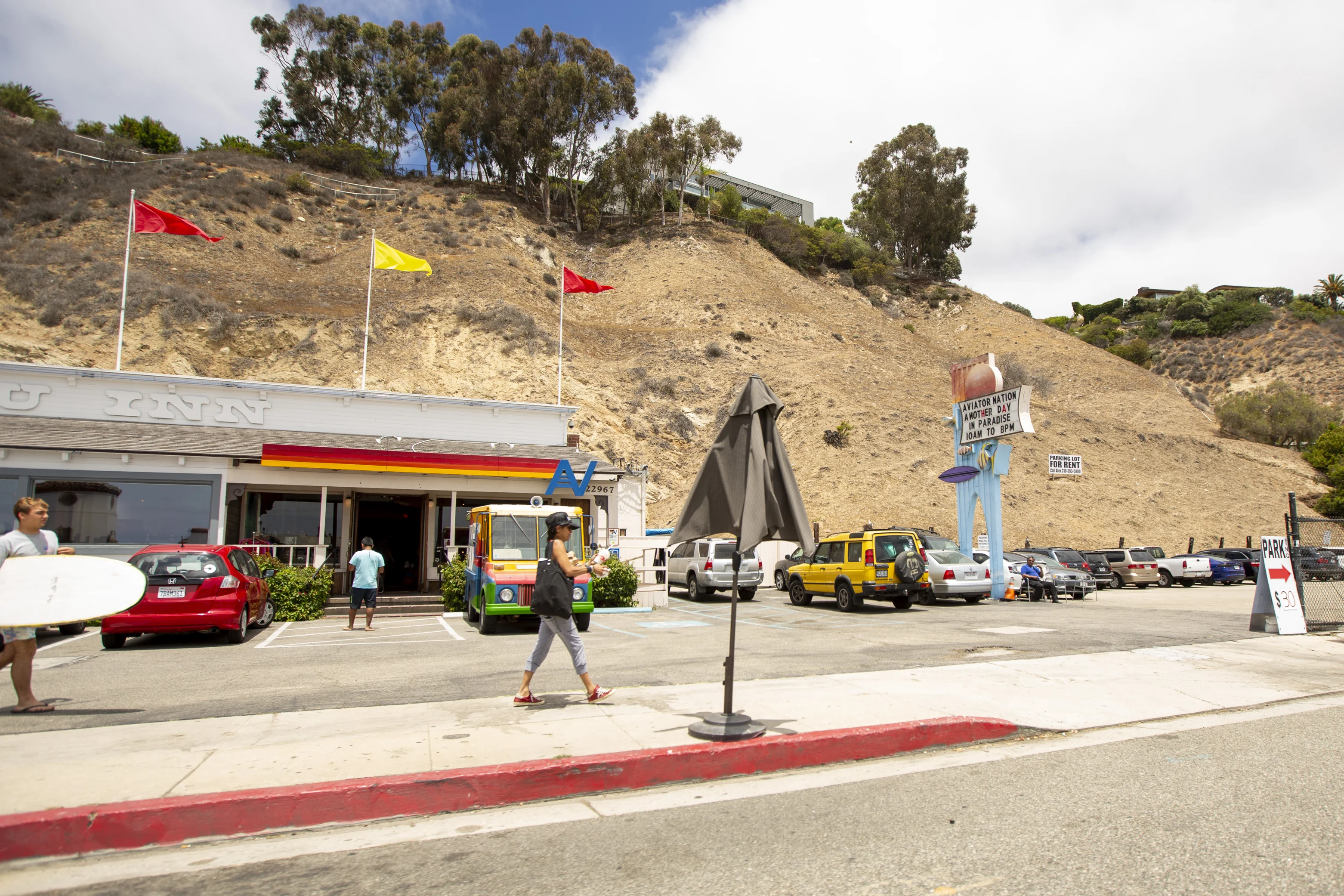
By the 2010s, the Malibu Inn changed hands and eventually rebranded (in 2021 it reopened as “Dreamland” by aviator nation) (8), but the legacy of those mid-2000s punk nights endured. Dreamland continues to host live music of all genres, proud of the venue’s rich history where everyone from The Doors to skate-punk bands have played (8). Malibu’s reputation as a quiet artist haven persists: many musicians and creative types make Malibu home, relishing its distance from the chaos of L.A. (8). And whenever loud guitars ring out over the waves, you can bet there’s an appreciative crowd.
Malibu’s Punk Rock Legacy
Though Malibu was never a sprawling punk metropolis, its contributions to punk rock history are distinct and fondly remembered. The Surf Punks gave the world a playful, sunburned spin on punk during its formative years, a reminder that SoCal punk wasn’t all suburban angst and hardcore; it could be goofy, surfboard in hand, with a Val to snub and a wave to catch. They proved that youth and rebellion could wear boardshorts and take a joke. Malibu’s punk culture was ultimately an extension of its surf culture: anti-establishment in a local sense, anti-mainstream in lifestyle, and always chasing a bit of fun. The phrase “locals only,” graffitied on Malibu beach walls and the tunnels of Malibu / Kanan echoed in punk mosh pits, encapsulates that shared spirit.
In the grand tapestry of California punk, Malibu is a colorful little sanctuary, one filled with tales of surfers-turned-rockers, of bonfire concerts and boat gigs, of mohawked kids skanking on a beach deck normally trod by sun-tanned tourists. It’s the story of how a sleepy beach town embraced the DIY energy of punk to amplify its own voice. Even today, when an old Surf Punks track like “My Beach” or “Shark Attack” blasts from a car along PCH, the lineage is clear. Punk rock in Malibu was always about Malibu first – my beach, my waves, go home! – and music second. But in marrying the two, Malibu carved out a legacy in punk that’s distinct from anywhere else in the world.
If you are looking to own a slice of punk rock and surf history look no further. Here at Shen Realty, with over 20 years of experience, we offer the services of the best Malibu real estate agent. Whether you're looking for Shangrila, or a sick lick next to the pier, we have you covered.